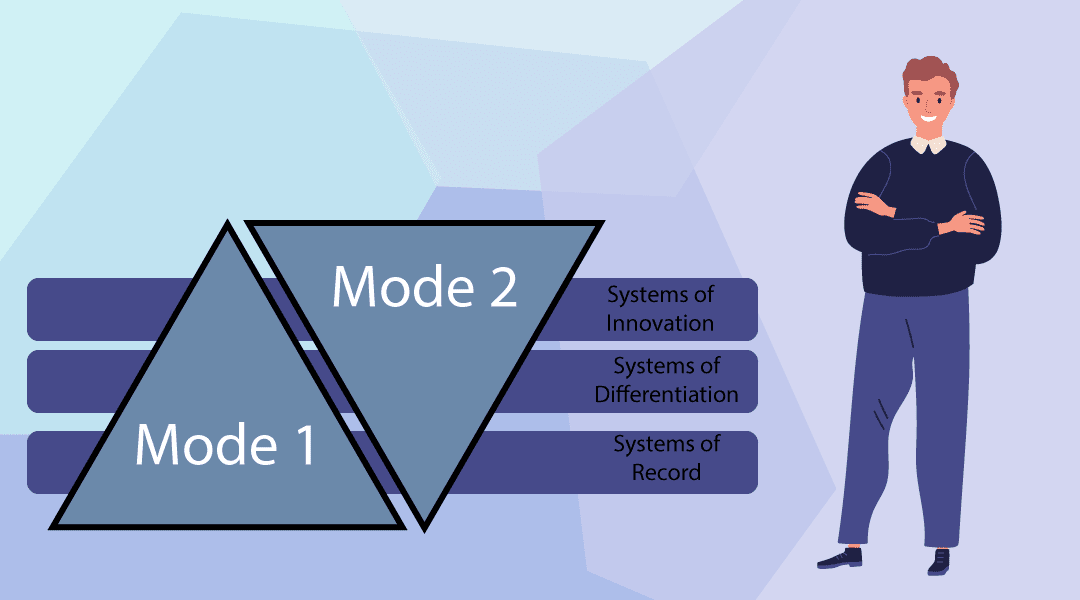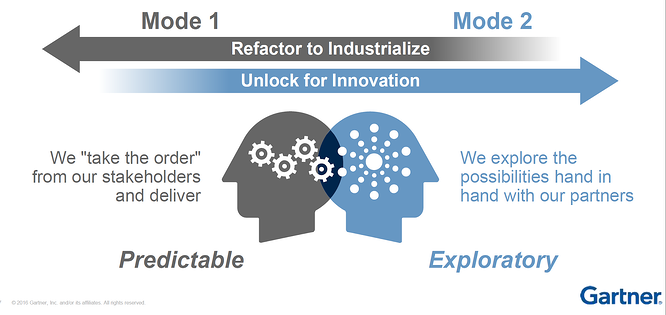
Bimodal IT, SaaS & Hybrid Cloud
Posted onFebruary 8, 2017
What is Bimodal IT? Gartner defines Bimodal as the “practice of managing two separate but coherent styles of work: one focused on predictability; the other on exploration. Mode 1 is optimized for areas that are more predictable and well-understood. It focuses on...


